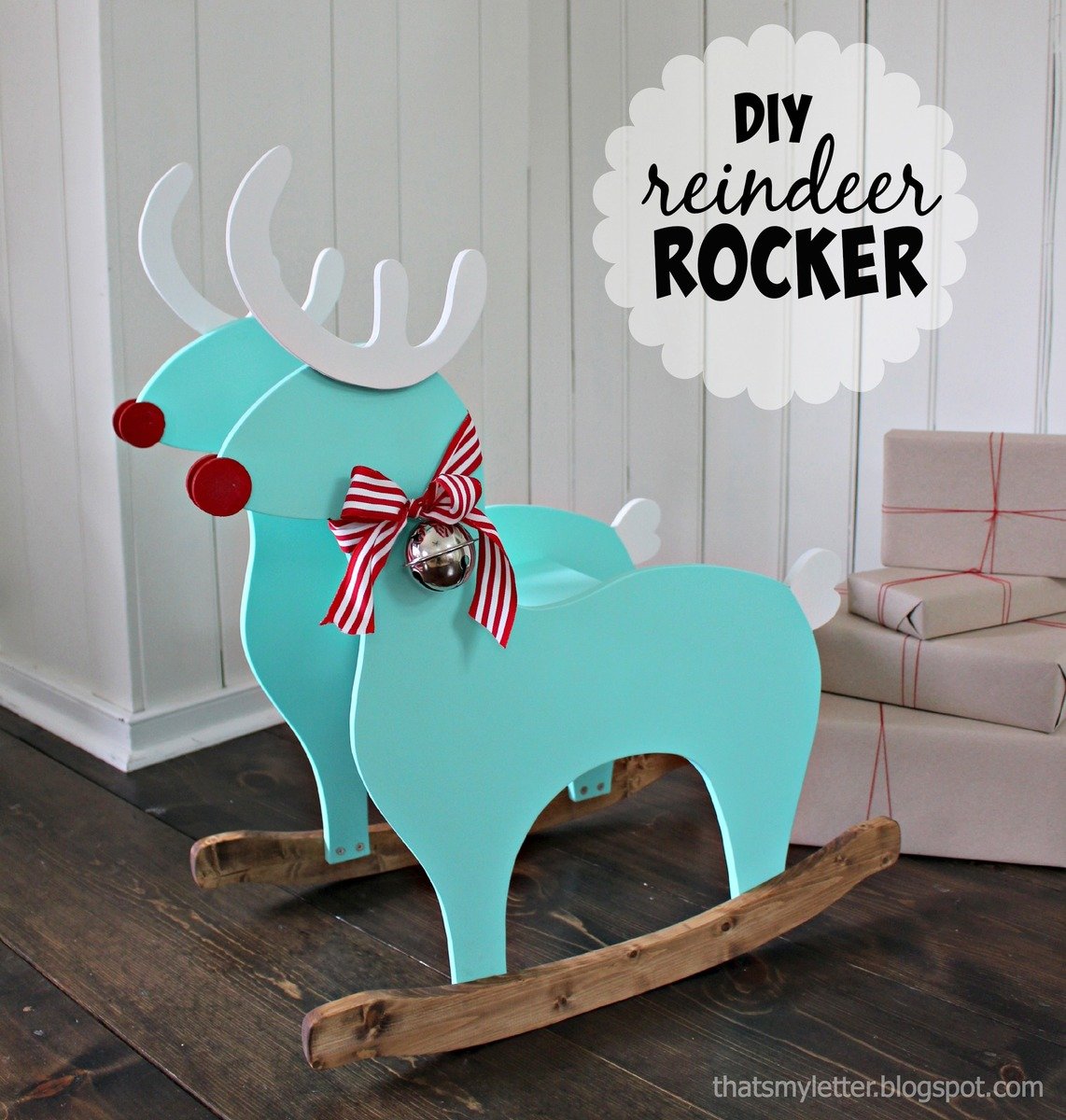
DIY Reindeer rocker chair with template and plans from ana-white.com
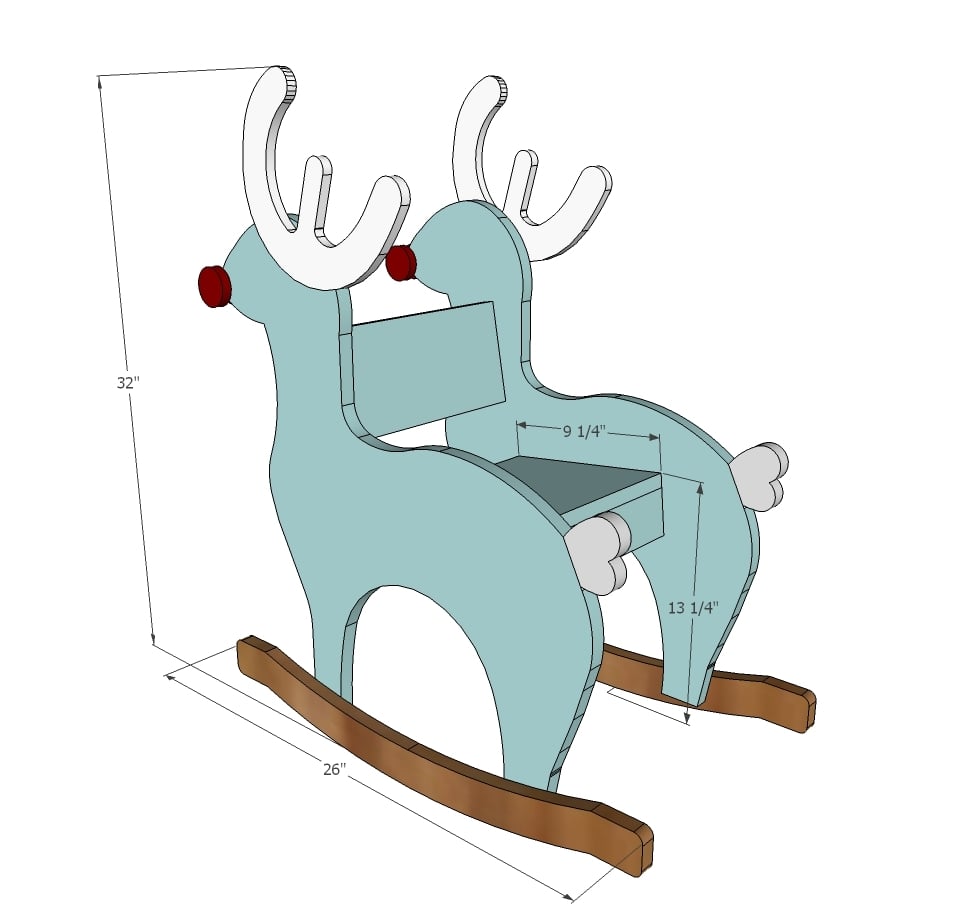
Preparation
2 - 24" x 24" pieces of 1/2" thick MDF (or on 48" x 24" piece)
1x3 @ 12"
1x10 @ 12"
1x6 @ 12"
1x4 @ 53"
1-1/4" pocket hole screws or 2" wood screws
2 - 1/2" mdf @ 24" x 24" (reindeer cutouts & antlers)
1 - 1x3 @ 12" (seat apron)
1 - 1x10 @ 12" (seat)
1 - 1x6 @ 12" (seat back)
2 - 1x4 @ 26" (rockers)
Please read through the entire plan and all comments before beginning this project. It is also advisable to review the Getting Started Section. Take all necessary precautions to build safely and smartly. Work on a clean level surface, free of imperfections or debris. Always use straight boards. Check for square after each step. Always predrill holes before attaching with screws. Use glue with finish nails for a stronger hold. Wipe excess glue off bare wood for stained projects, as dried glue will not take stain. Be safe, have fun, and ask for help if you need it. Good luck!
Instructions
Step 1
On one sheet of the 24" x 24" MDF, draw grid lines every 4". Transfer the template diagram above to the MDF using the grid lines as a reference.
Carefuly cut out with a jigsaw. Reserve the piece between reindeers legs for the antlers.
Trace pattern on to second piece of MDF and cut.
A few tips when tracing and cutting the pattern -
- Trace from the side that you marked the pattern on as a jigsaw blade can bevel when you cut, resulting in a difference from one side of the pattern to the other
- Cut the traced line on the second side
- Clamp both pieces together and sand cut edges
Step 2
Jaime built with 3/4" pocket holes and 1-1/4" pocket hole screws.
If a Kreg Jig is on your Christmas list, you can also build with countersunk screws in the meantime, but you'll have to hide screw holes and it will be a little tricker to find the placement of the screws from the outside. What I would do is add 1x2 cleats under the seat and behind the backrest. You can also predrill holes through both patterns at the same time to make sure your screws line up.
NOTE: Make sure you predrill all non-pocket hole screws through the MDF.
Step 3
Step 4
Cut the rockers from the 1x4s and sand until they match exactly. More details on cutting rockers can be found in this plan.
Attach with 1" screws from inside of the reindeer's legs. NOTE: You may wish to clamp the rockers on first and test how the reindeer balances, and reposition until it balances just right.
It is always recommended to apply a test coat on a hidden area or scrap piece to ensure color evenness and adhesion. Use primer or wood conditioner as needed.


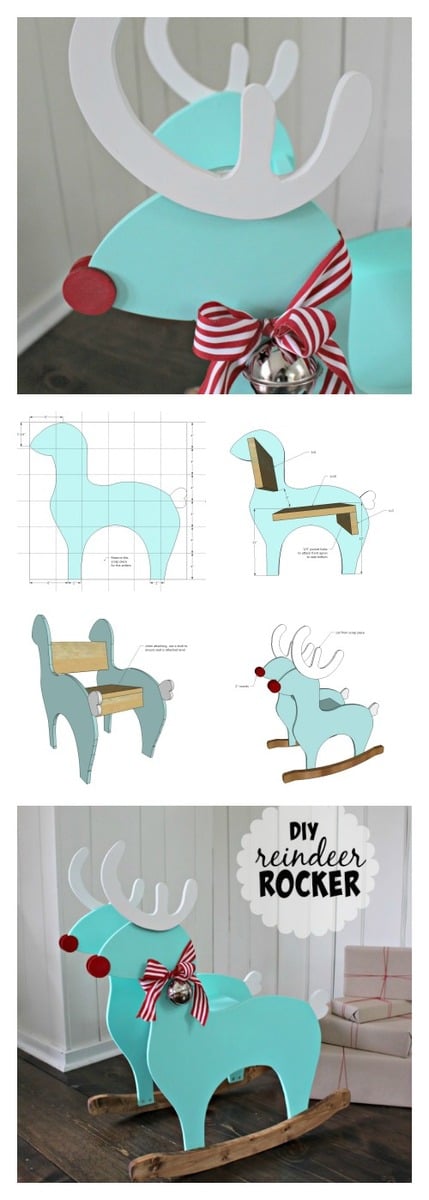
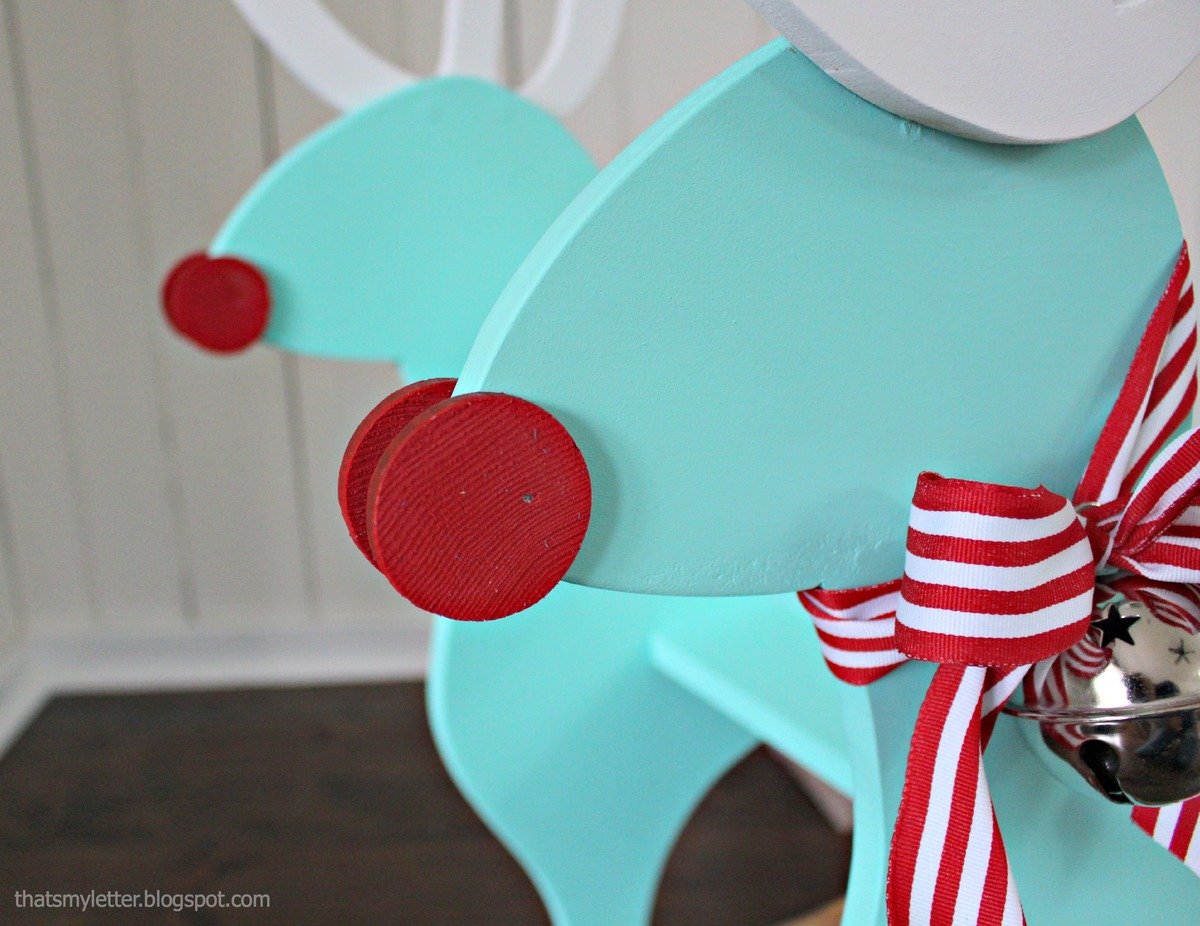



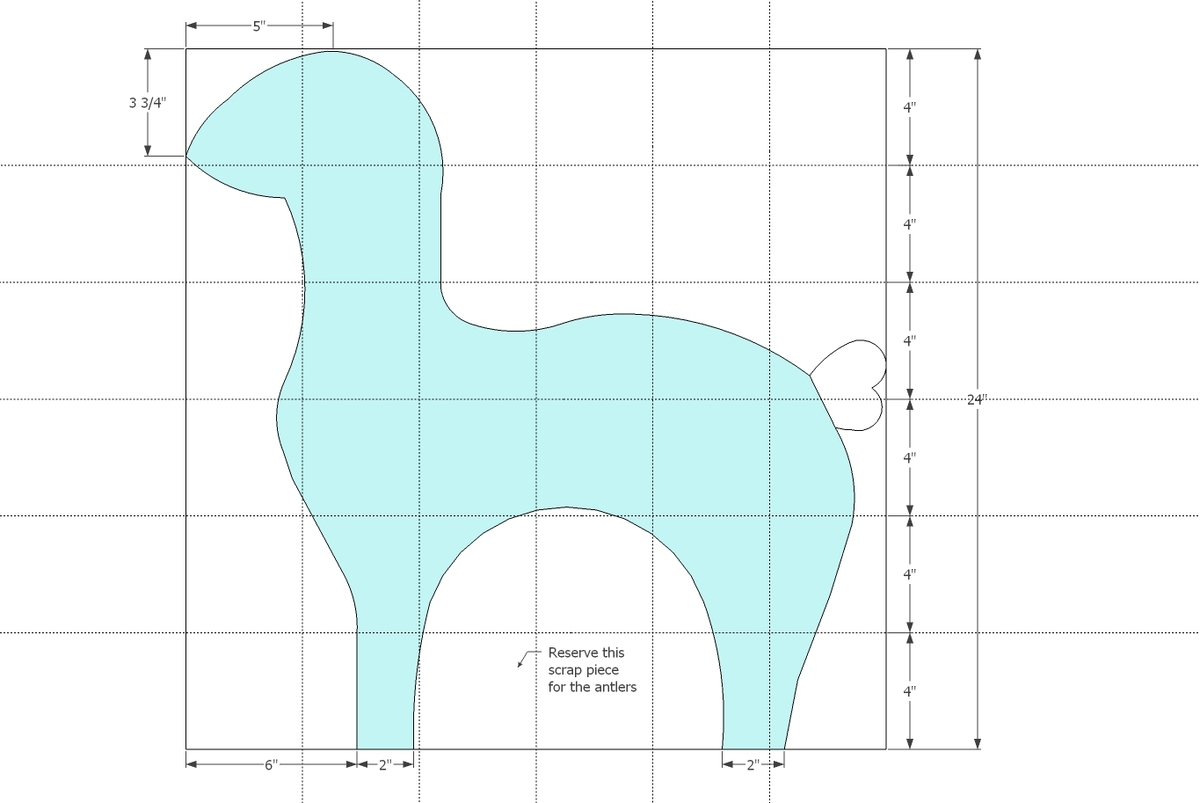
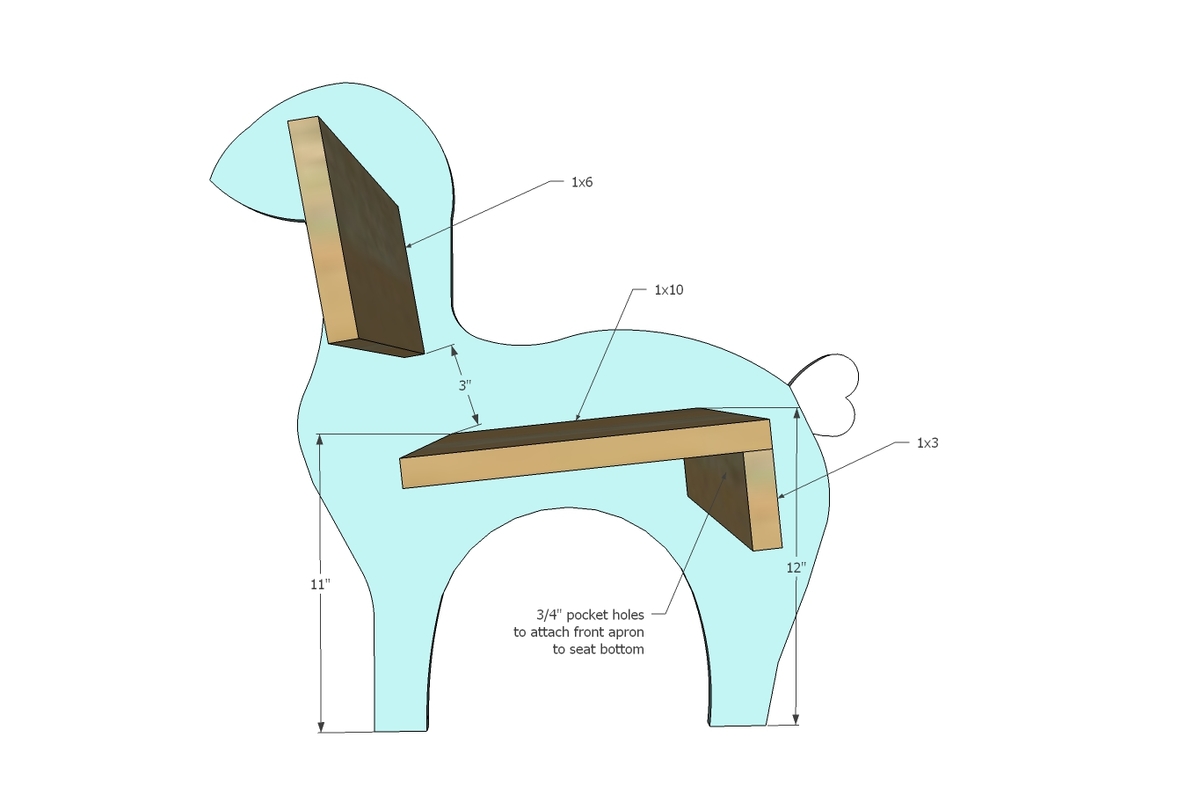
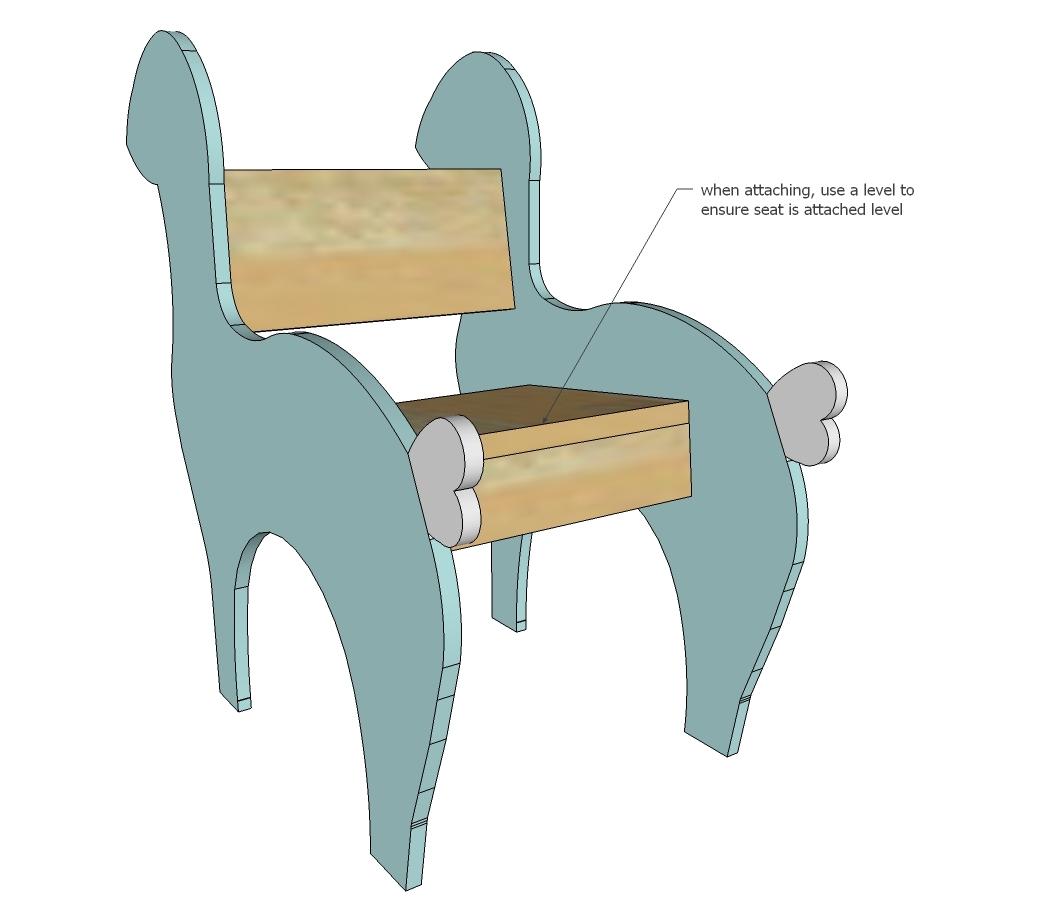
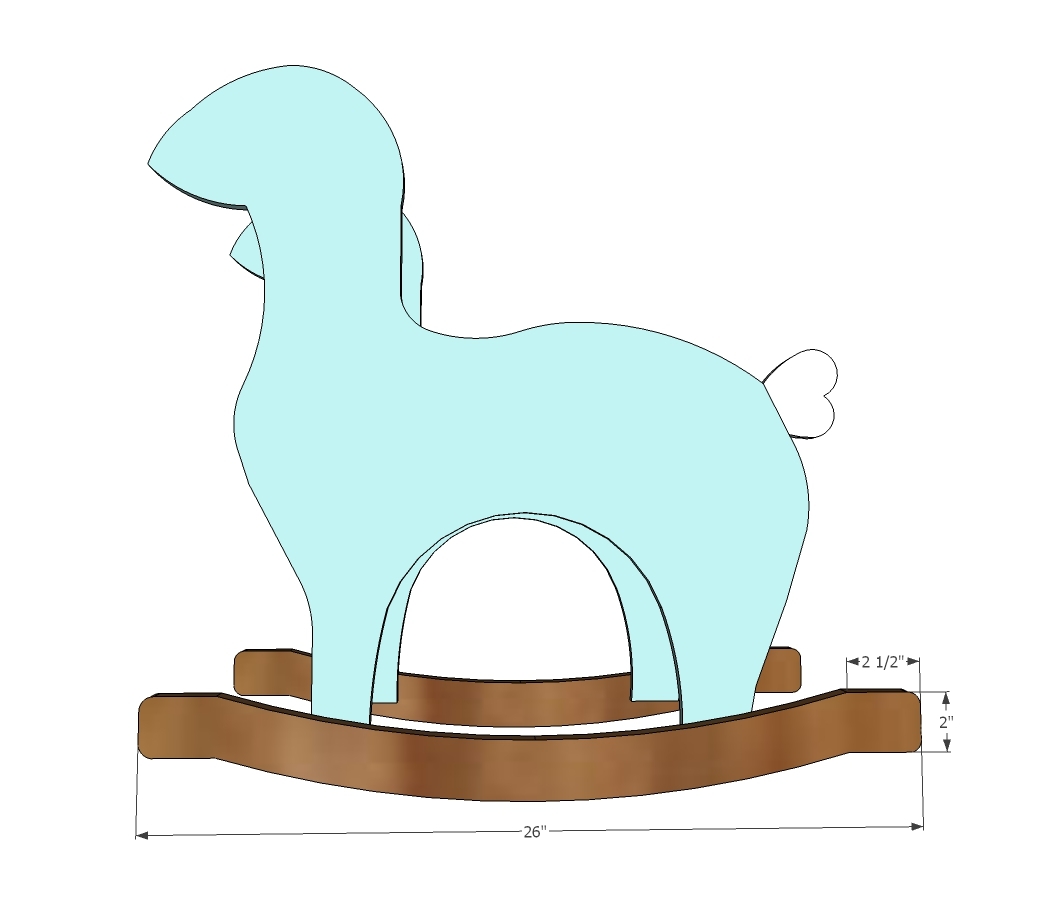
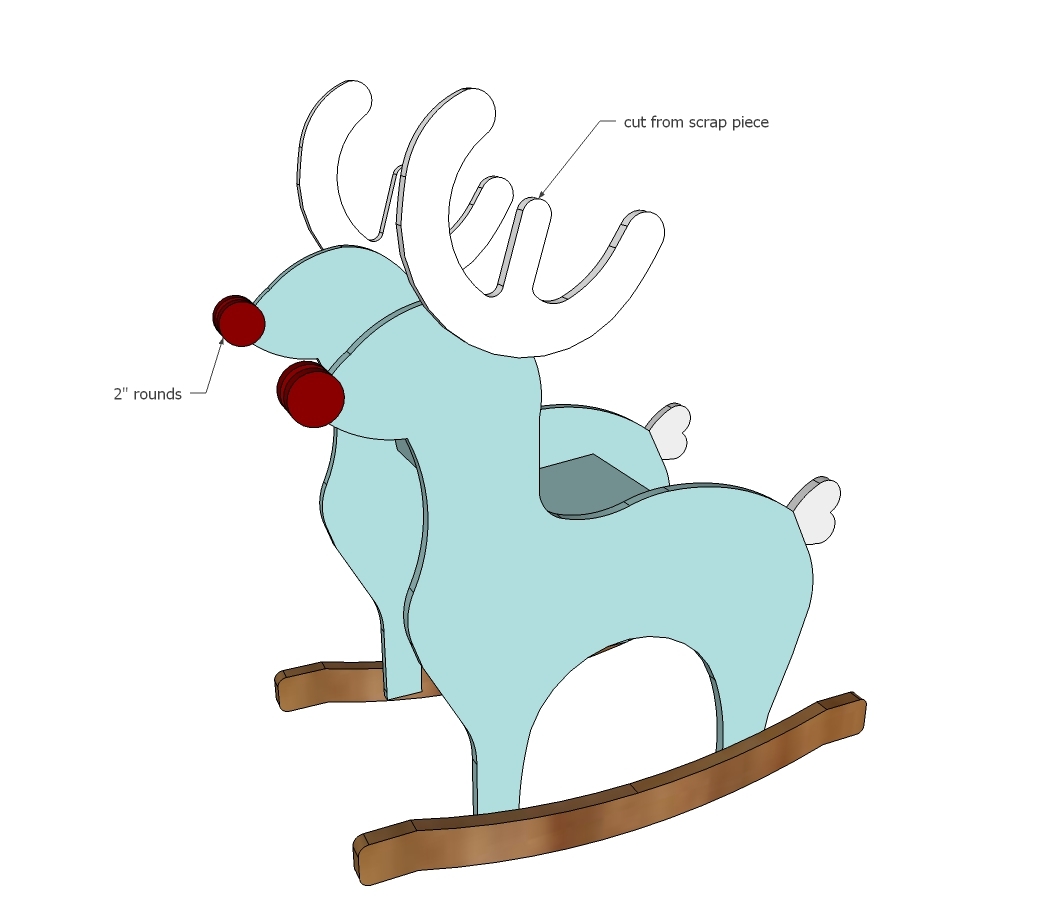

Comments
marie30
Thu, 10/30/2014 - 16:19
empty instructions
on these plans is there suppose to be something next steps 6-27? It doesnt show anything when I look at the plans.